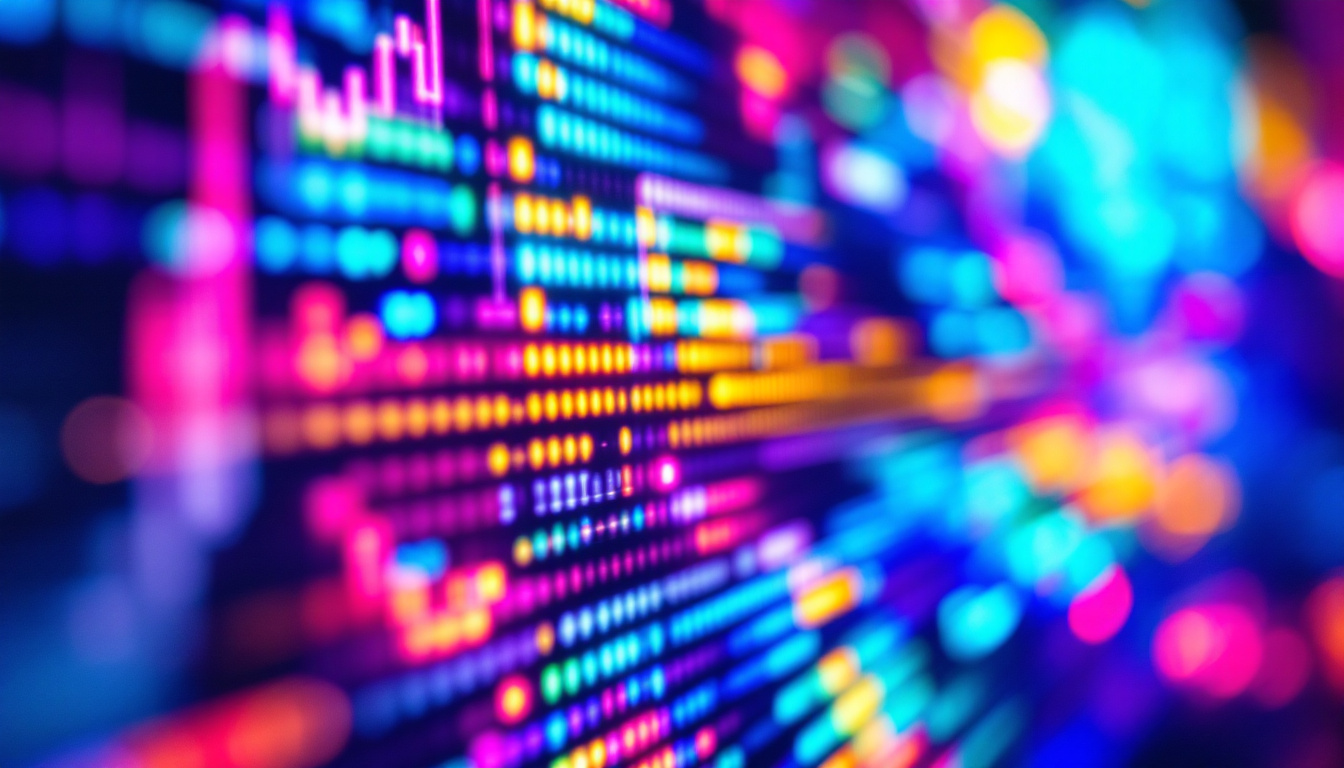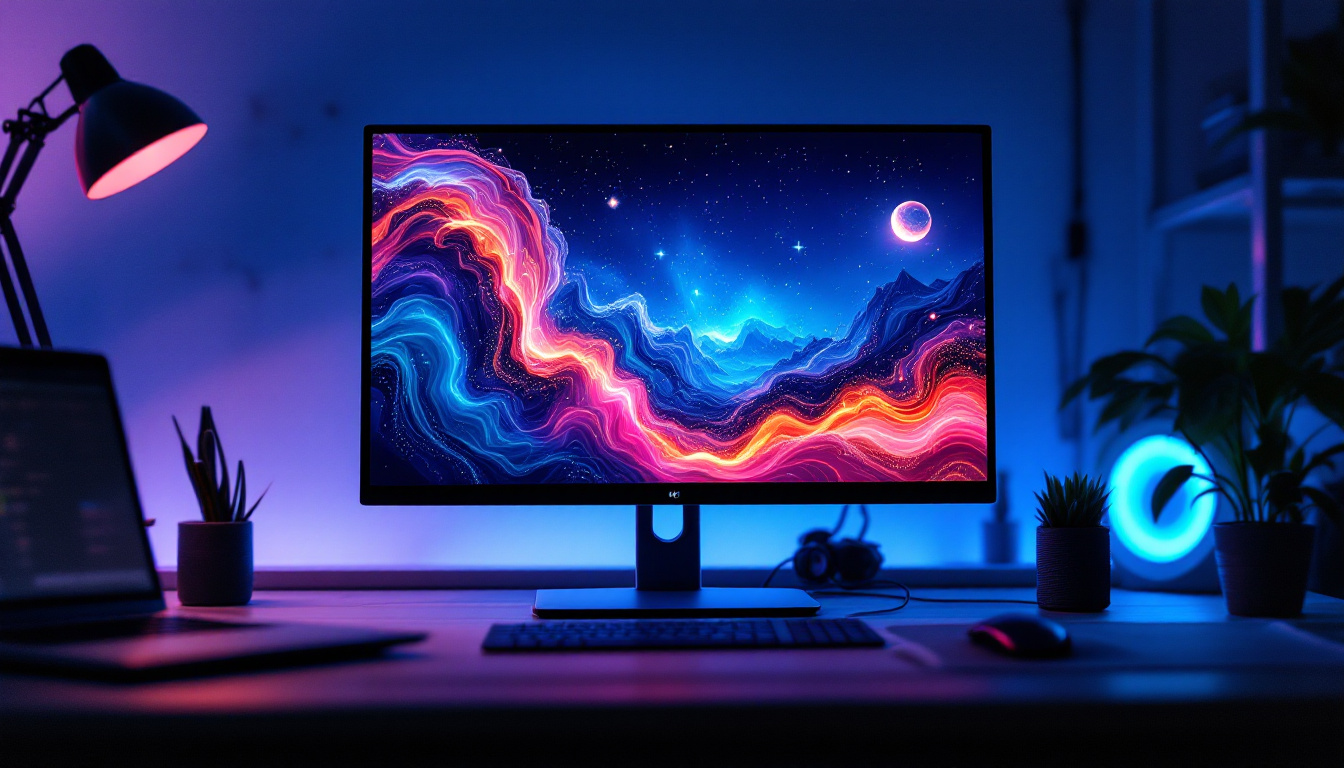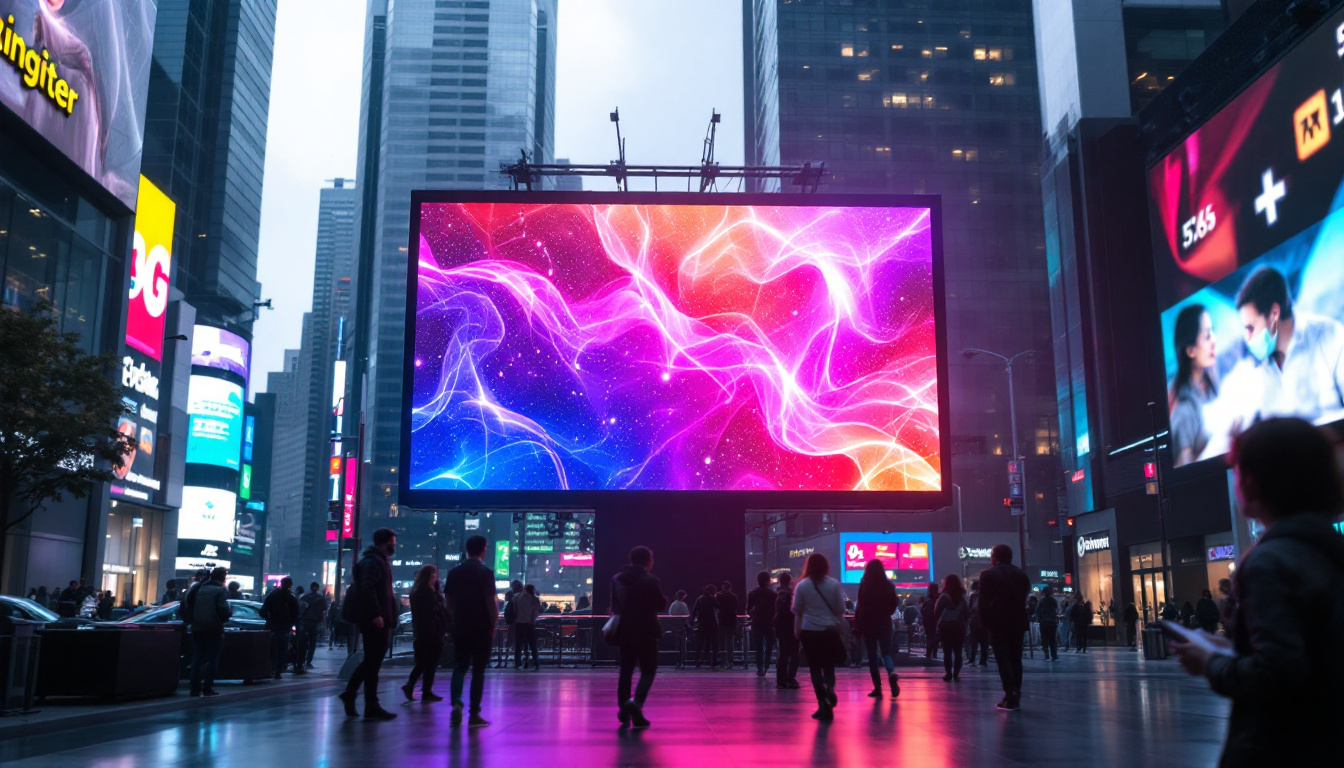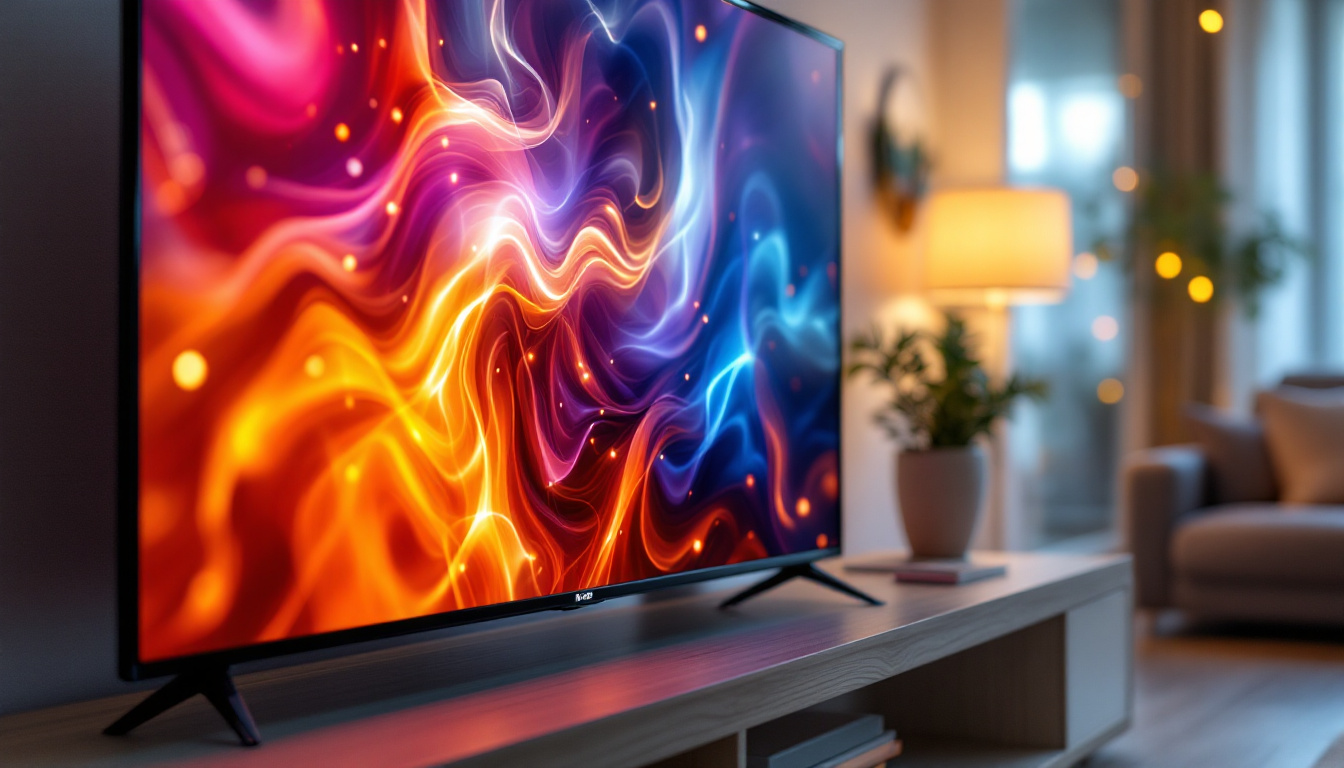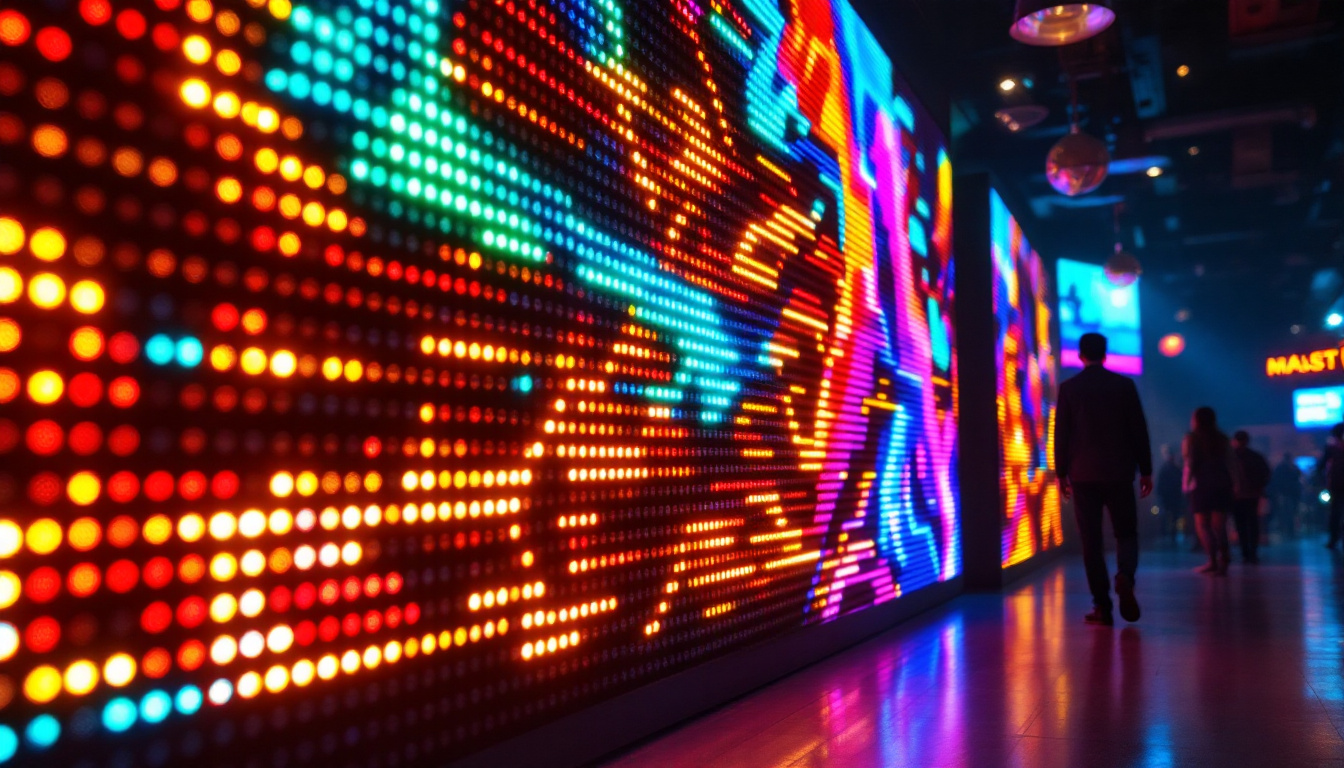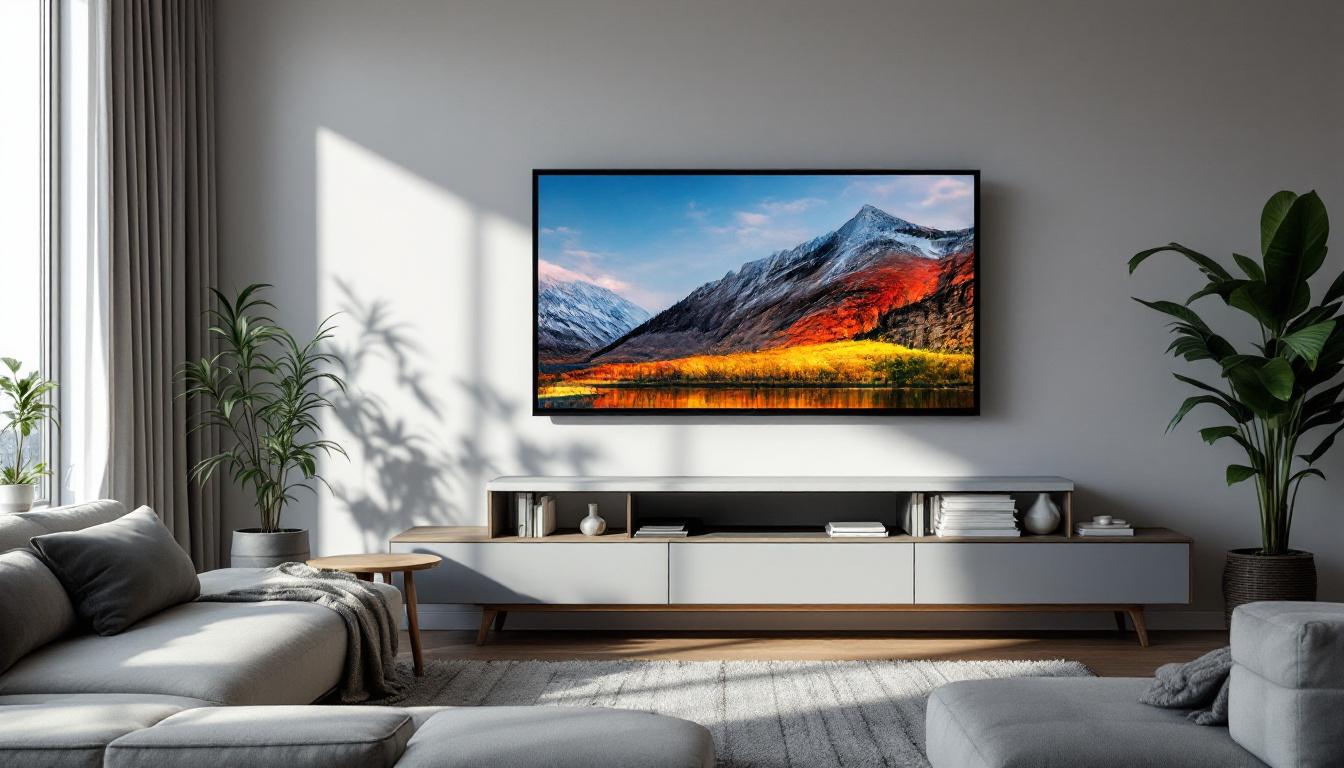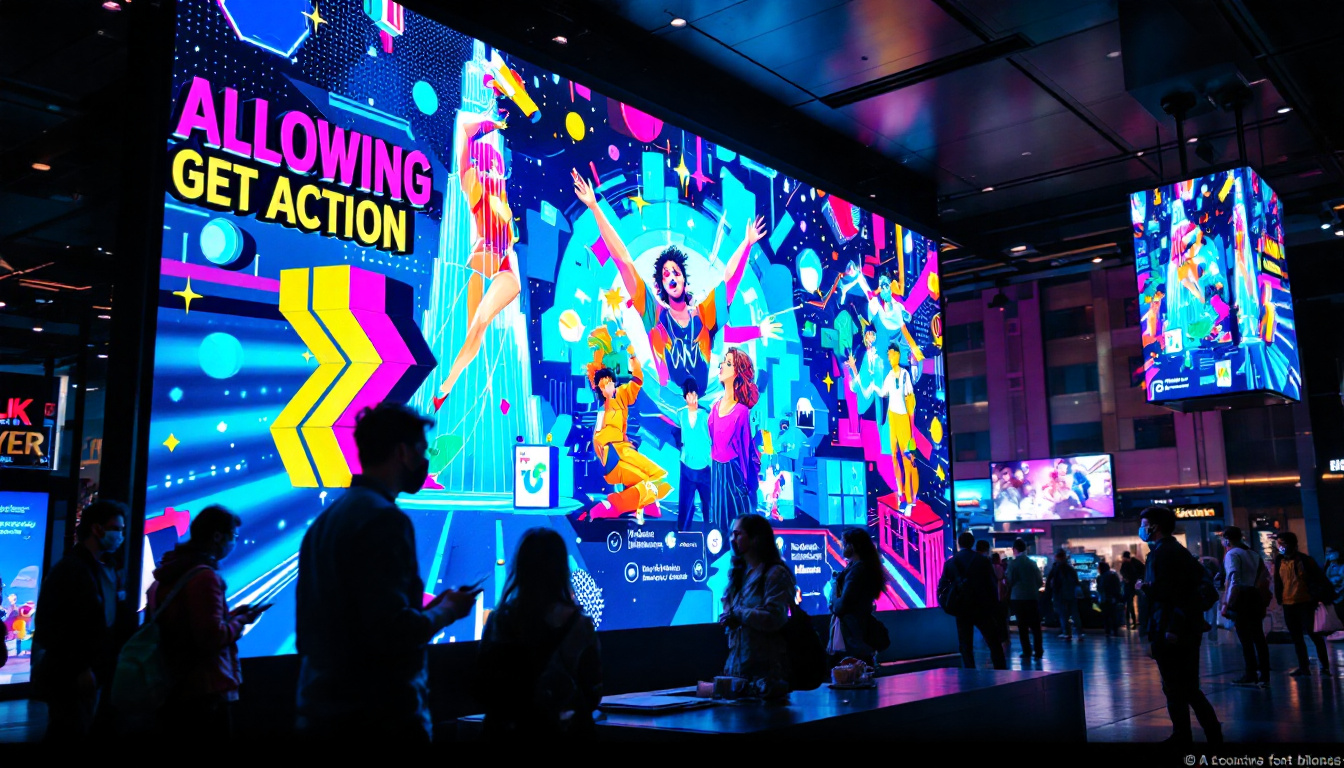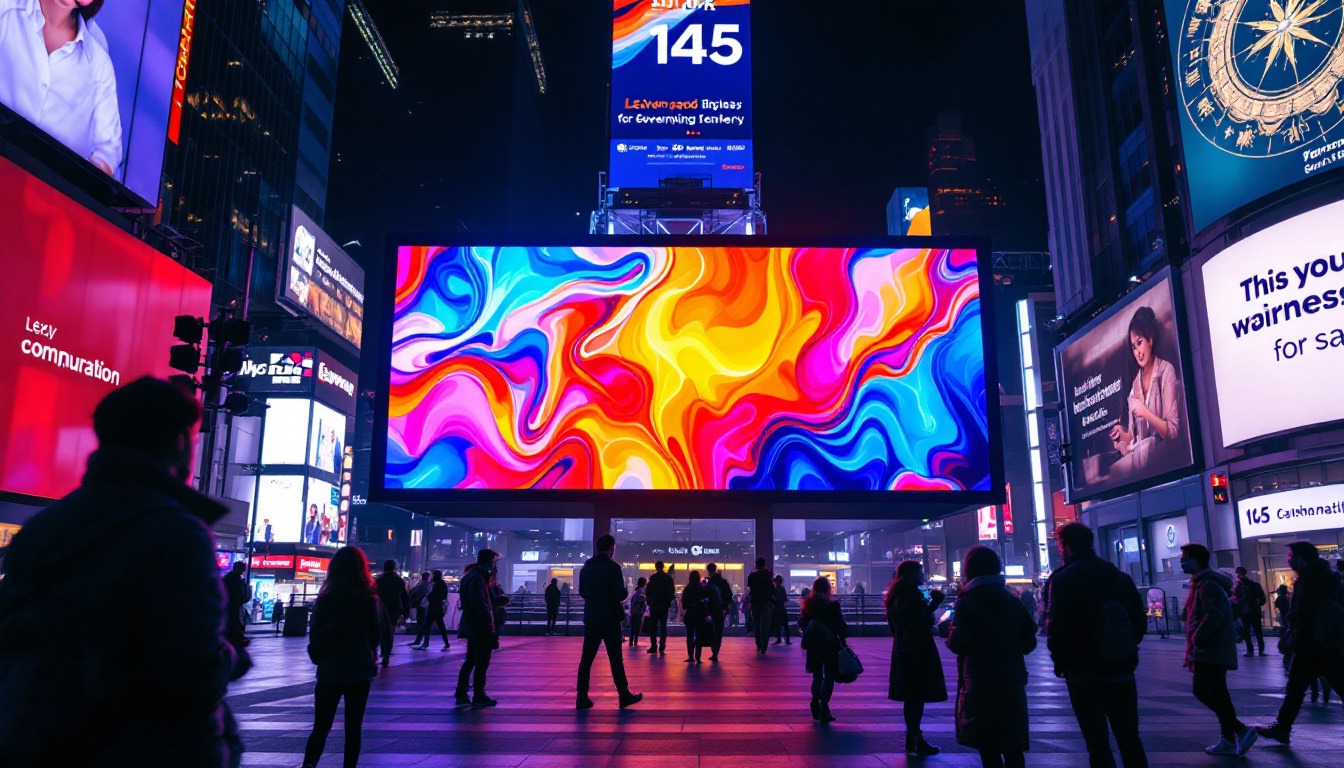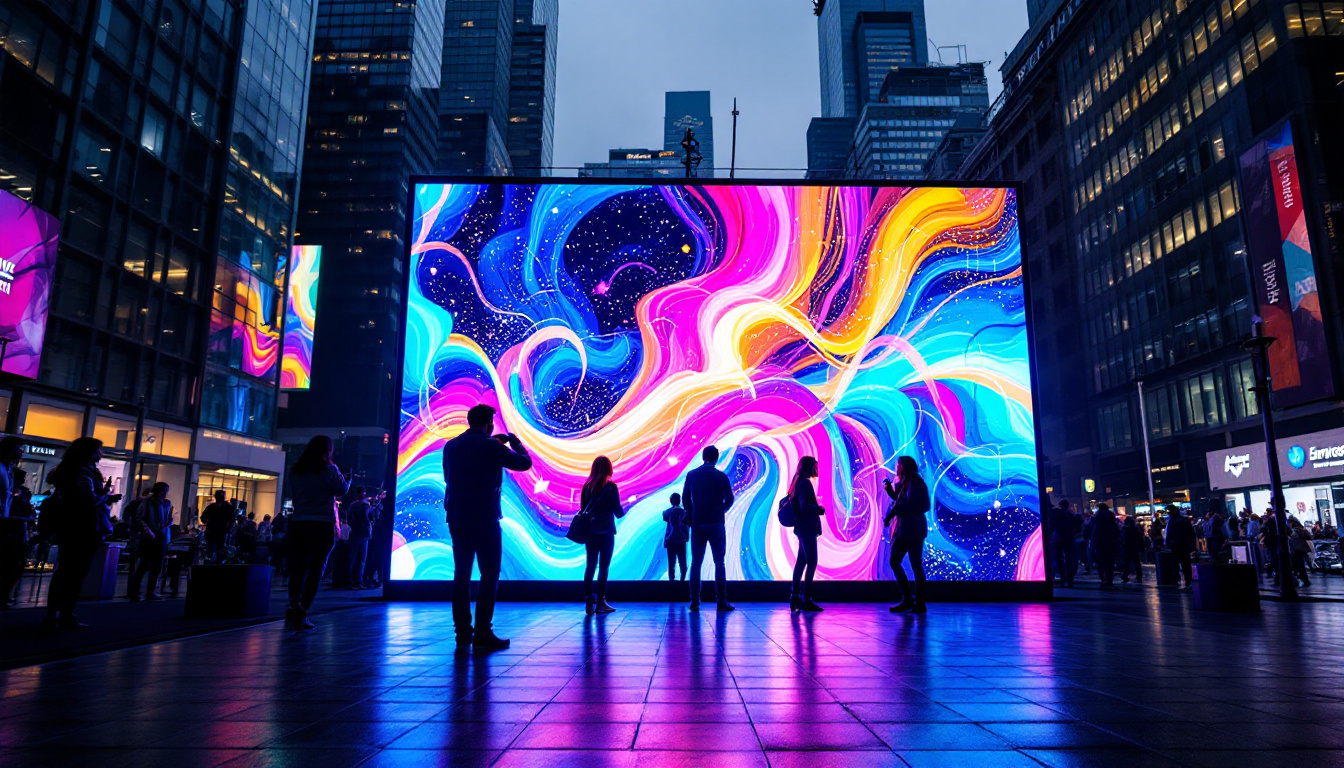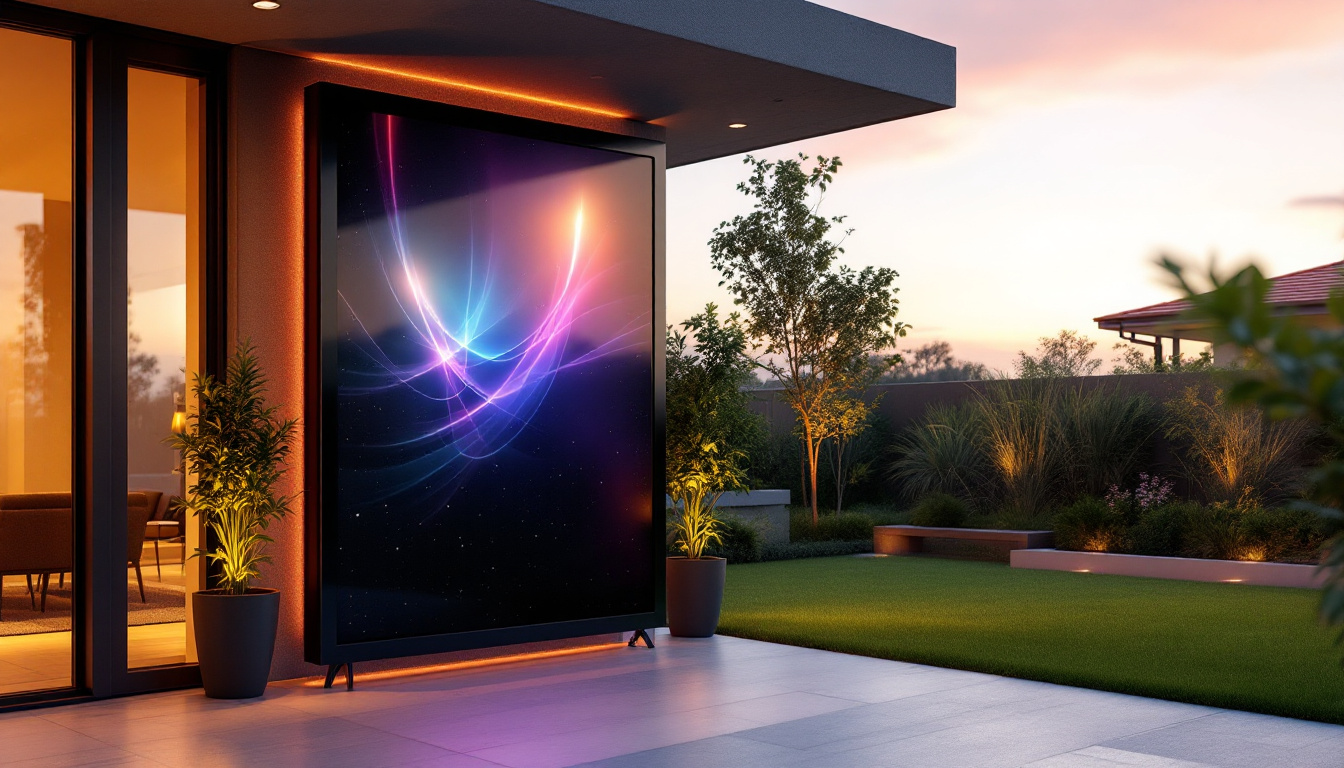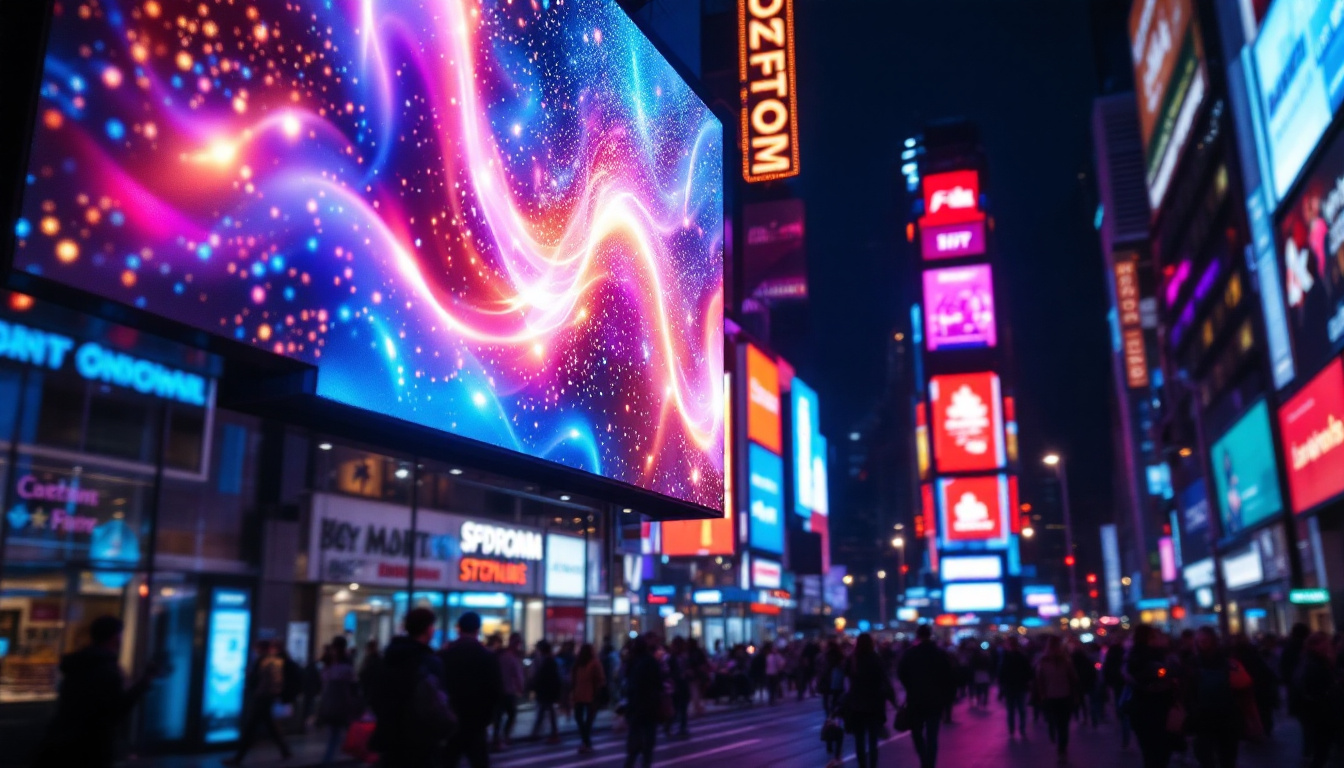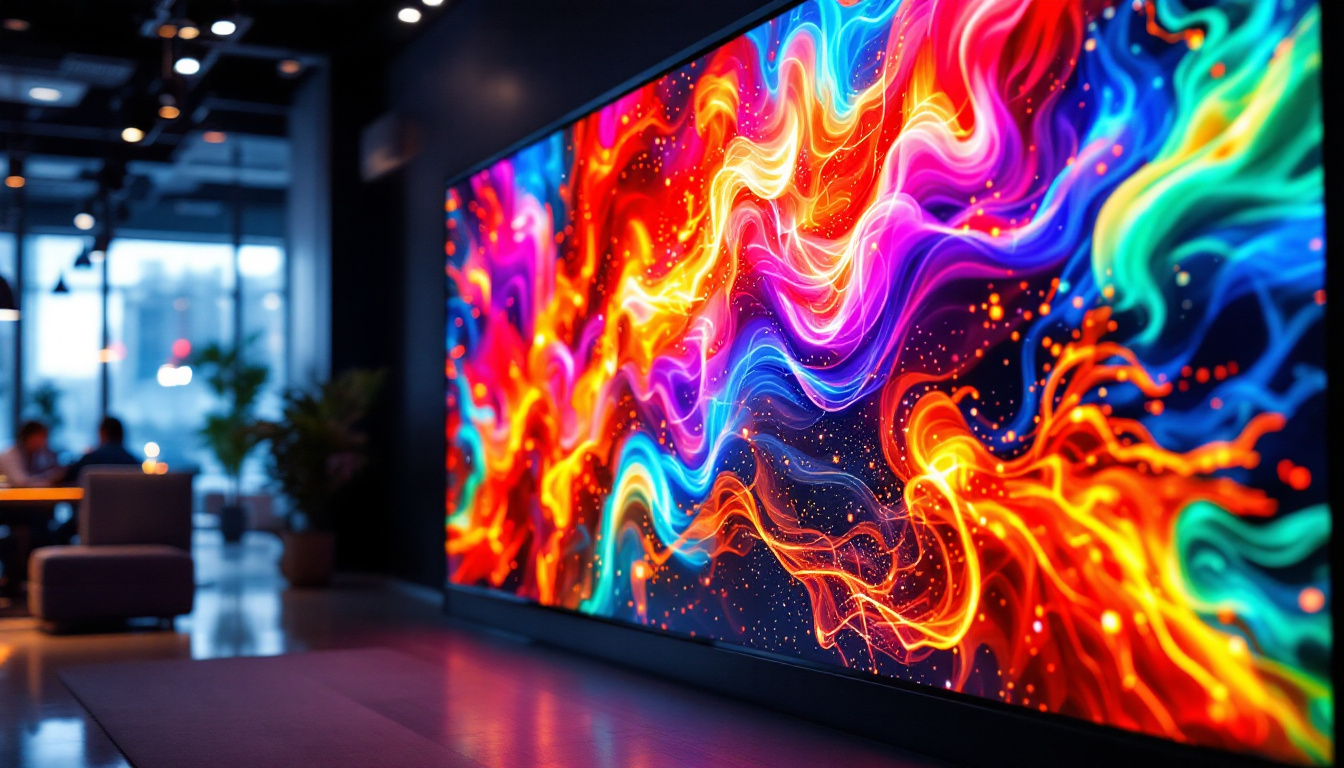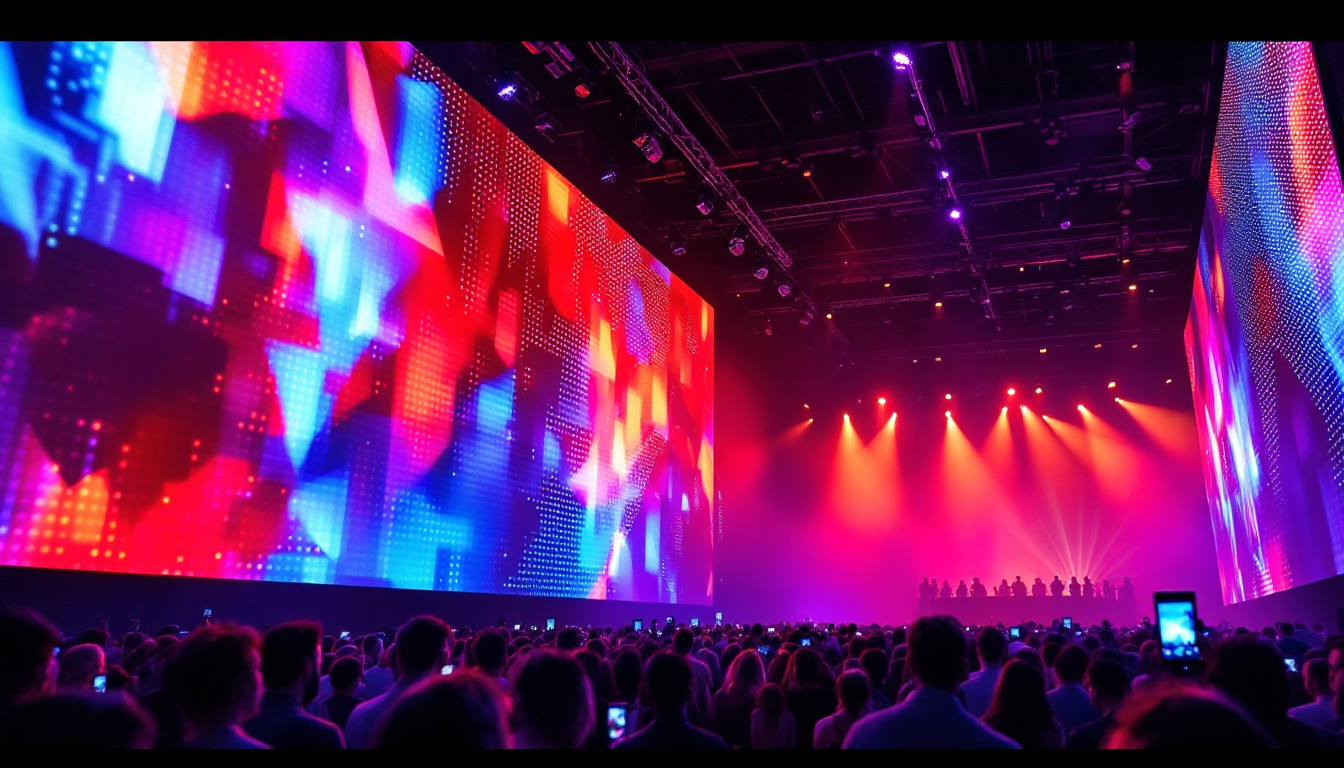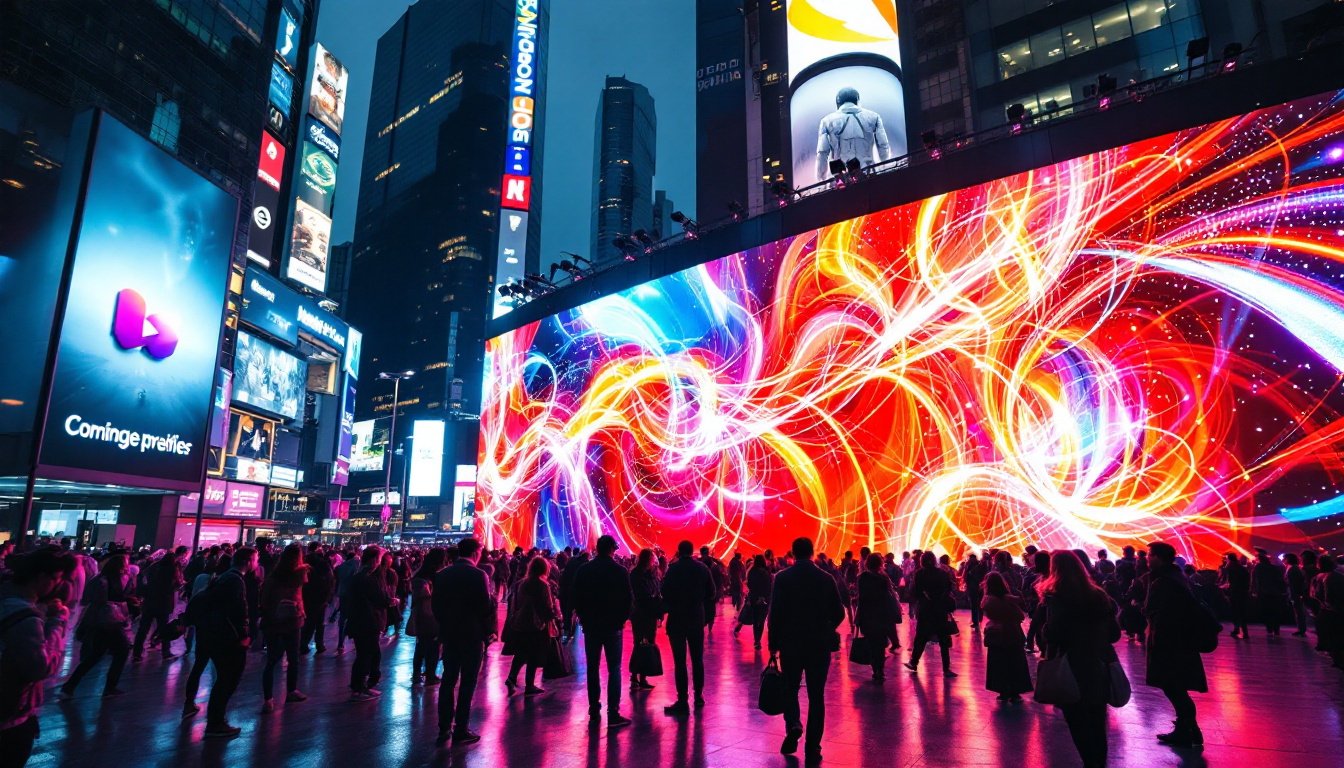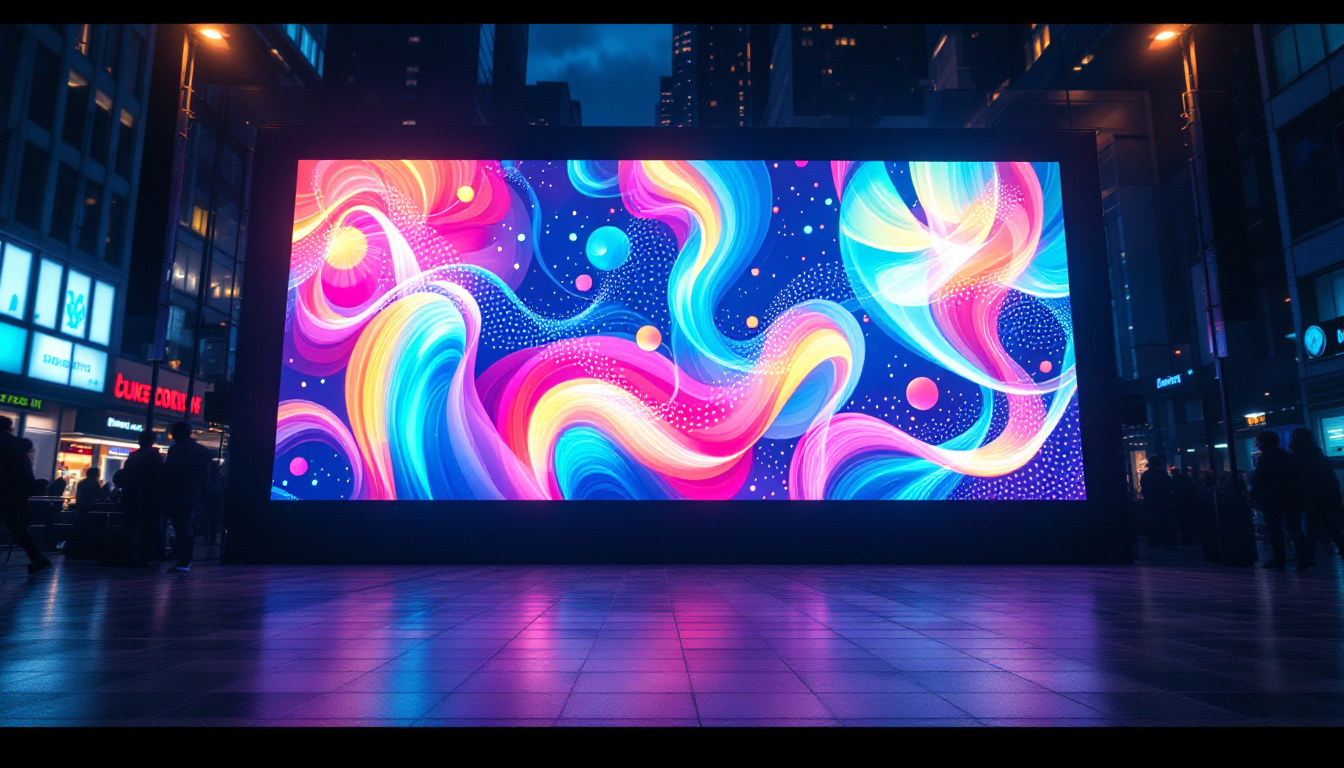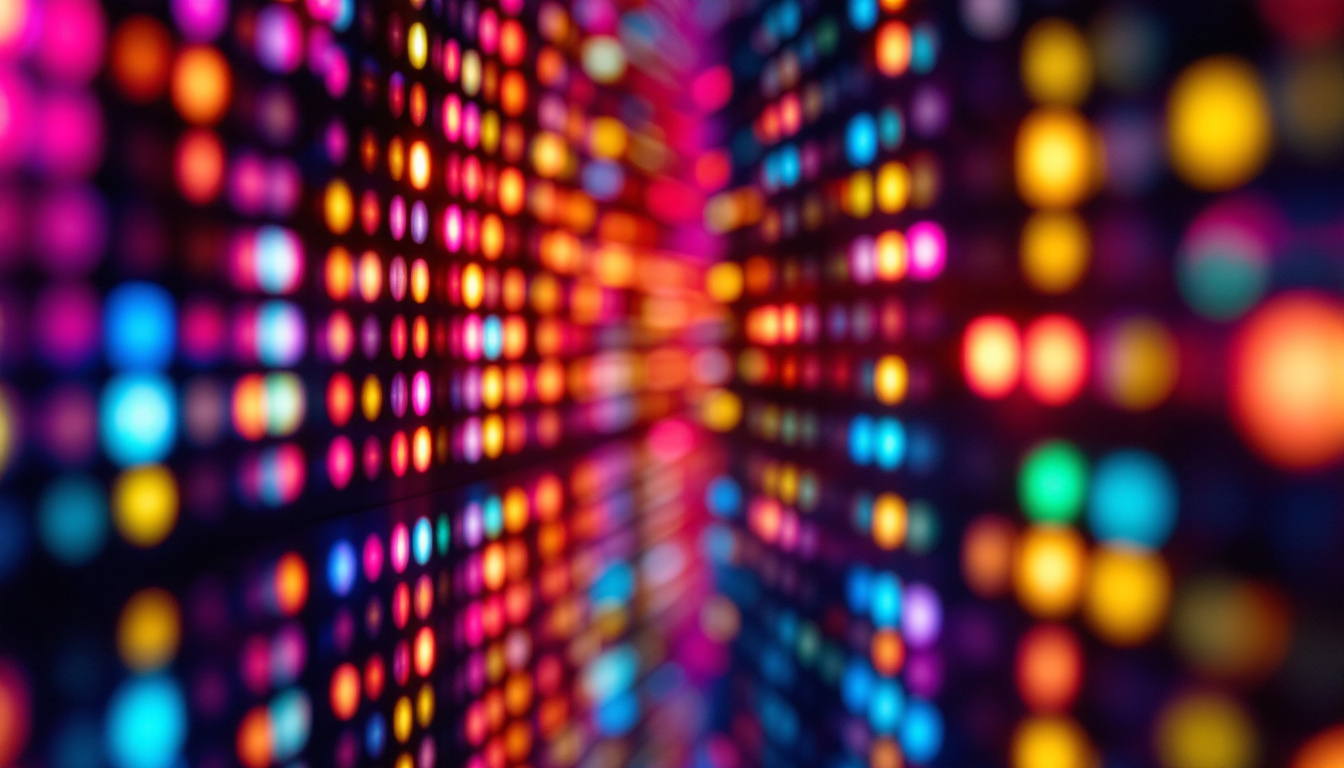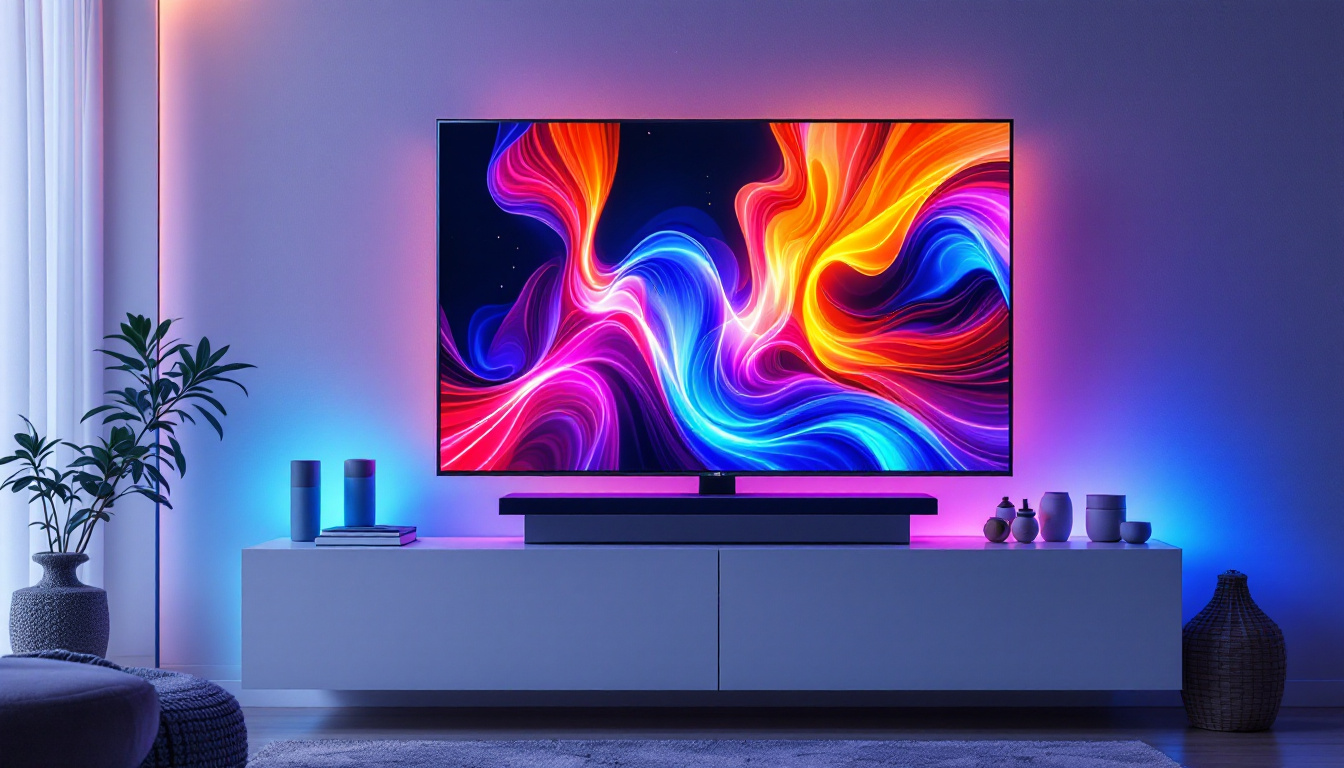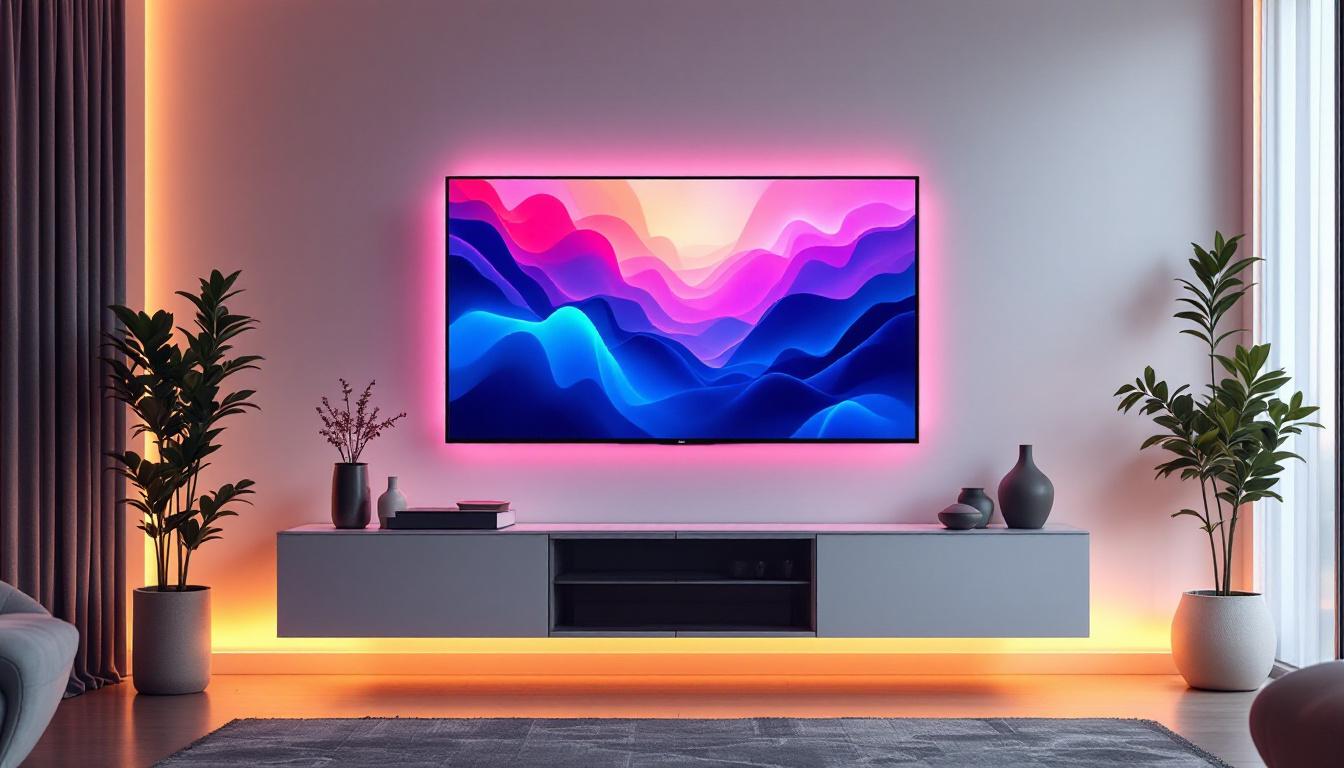In the modern world, screens have become an integral part of daily life. From smartphones to large television displays, the technology behind these screens continues to evolve. One of the most significant advancements in display technology is the LED (Light Emitting Diode) display. This article delves into the intricacies of LED displays, focusing on how they function, their advantages, and the impact they have on our viewing experiences.
Understanding LED Technology
LED technology has revolutionized the way images are displayed on screens. Unlike traditional LCD screens that rely on fluorescent backlighting, LED displays use tiny light-emitting diodes to produce images. This fundamental difference in technology leads to various benefits, including improved brightness, contrast, and energy efficiency. The shift to LED technology has not only enhanced the visual experience for consumers but has also paved the way for innovations in design and functionality across various devices.
How LED Displays Work
At the core of an LED display are the diodes themselves. When an electric current passes through these diodes, they emit light. This process is known as electroluminescence. In an LED display, thousands of these diodes are arranged in a grid, allowing for the creation of colorful images and videos. The diodes can be individually controlled, enabling precise color reproduction and brightness levels. This capability is particularly beneficial in applications such as video walls and large-scale displays, where vibrant colors and sharp details are crucial for viewer engagement.
There are two main types of LED displays: Direct LED and Edge LED. Direct LED displays have diodes placed directly behind the screen, providing uniform brightness across the entire display. Edge LED displays, on the other hand, have diodes positioned along the edges. This design allows for thinner screens but may result in less uniform brightness. Additionally, advancements in technology have led to the development of Full Array Local Dimming (FALD) systems, which enhance contrast and black levels by controlling the backlighting in specific areas of the screen, further improving the viewing experience.
Types of LED Displays
LED displays come in various forms, each designed for specific applications. The most common types include:
- Standard LED Displays: These are the most widely used in televisions and monitors, providing excellent image quality and energy efficiency.
- OLED Displays: Organic LED displays utilize organic compounds to produce light, offering superior contrast and color accuracy. Their ability to achieve true blacks and vibrant colors makes them a favorite among filmmakers and graphic designers.
- Mini-LED Displays: A newer technology that uses smaller LEDs for backlighting, allowing for better control of local dimming and improved contrast ratios. This technology is gaining traction in high-end televisions and computer monitors, as it bridges the gap between standard LED and OLED displays.
In addition to these common types, there are also specialized LED displays such as MicroLED and Transparent LED screens. MicroLED technology utilizes microscopic LEDs to create high-resolution displays that are self-emissive, similar to OLED but without some of the drawbacks like burn-in. Transparent LED displays, on the other hand, are designed for advertising and architectural applications, allowing viewers to see through the screen while still displaying vibrant content. These innovations continue to expand the possibilities of LED technology, making it an exciting field for both consumers and manufacturers alike.
Advantages of LED Displays
The rise in popularity of LED displays can be attributed to their numerous advantages over traditional display technologies. These benefits make them a preferred choice for consumers and businesses alike.
Enhanced Picture Quality
One of the most notable advantages of LED displays is their superior picture quality. The ability to control individual diodes allows for deeper blacks and brighter whites, resulting in a more dynamic range of colors. This enhanced picture quality is particularly noticeable in high-definition content, where details are rendered with remarkable clarity. Furthermore, the high contrast ratio of LED displays ensures that images appear more vivid and lifelike, captivating viewers and enhancing their overall experience. This is especially important in settings such as movie theaters or art galleries, where the visual impact can significantly influence audience engagement.
Energy Efficiency
LED displays are significantly more energy-efficient than their LCD counterparts. They consume less power, which not only reduces electricity bills but also contributes to a smaller carbon footprint. This energy efficiency is particularly beneficial for large installations, such as digital billboards and commercial displays, where energy costs can accumulate rapidly. Moreover, many LED displays are designed with smart technology that allows for automatic brightness adjustment based on ambient light conditions, further optimizing energy usage. This feature not only saves energy but also prolongs the lifespan of the display, making it a cost-effective investment for businesses looking to enhance their advertising strategies.
Longevity and Durability
LED displays boast a longer lifespan compared to traditional displays. With an average lifespan of 50,000 hours or more, they can last for years without the need for replacement. Additionally, they are more resistant to shock and vibration, making them suitable for a variety of environments, including industrial settings. This durability is complemented by their ability to perform well in extreme temperatures, ensuring consistent performance regardless of external conditions. As a result, LED displays are not only a smart choice for indoor applications but also excel in outdoor settings, where they can withstand the elements while delivering high-quality visuals. This resilience makes them an ideal option for sports arenas, outdoor concerts, and other large-scale events, where reliability is paramount.
Applications of LED Displays
LED displays are utilized across a wide range of industries and applications. Their versatility and performance make them ideal for numerous settings.
Consumer Electronics
In the realm of consumer electronics, LED displays are ubiquitous. They are found in televisions, computer monitors, and smartphones, providing users with vibrant images and efficient performance. The demand for high-definition displays has driven manufacturers to adopt LED technology, ensuring that consumers receive the best viewing experience possible.
Advertising and Signage
LED displays have transformed the advertising landscape. Digital billboards and signs utilize LED technology to capture the attention of passersby with bright, dynamic content. These displays can be updated in real-time, allowing businesses to promote sales, events, and announcements effectively. Their high visibility, even in direct sunlight, makes them an attractive option for outdoor advertising.
Medical and Professional Use
In medical settings, LED displays are employed in various applications, including diagnostic imaging and surgical displays. The high contrast and color accuracy of LED technology are crucial for medical professionals who rely on precise imaging for accurate diagnoses. Furthermore, in professional settings such as design and video editing, LED displays provide the necessary color fidelity for critical work.
Challenges and Considerations
While LED displays offer numerous benefits, they are not without challenges. Understanding these challenges is essential for consumers and businesses when considering an upgrade or purchase.
Cost Implications
One of the primary challenges associated with LED displays is their cost. Although prices have decreased over the years, high-quality LED displays can still be more expensive than traditional LCD screens. This initial investment may deter some consumers and businesses from making the switch, despite the long-term savings on energy costs and maintenance.
Viewing Angles
Another consideration is the viewing angle. While many LED displays offer improved viewing angles compared to older technologies, some models may still suffer from color and brightness degradation when viewed from extreme angles. This limitation can be critical for applications where multiple viewers are present, such as in conference rooms or home theaters.
Future of LED Display Technology
The future of LED display technology looks promising, with ongoing advancements paving the way for even more innovative applications. As technology continues to evolve, several trends are emerging.
MicroLED Technology
MicroLED is an exciting development in the field of display technology. This technology uses microscopic LEDs to create individual pixels, resulting in displays that offer unparalleled brightness, contrast, and energy efficiency. MicroLED displays are expected to provide a new level of performance, making them suitable for a variety of applications, from consumer electronics to large-scale installations.
Flexible and Transparent Displays
Another trend is the development of flexible and transparent LED displays. These displays can be bent or shaped to fit unique applications, such as curved screens in automotive design or transparent displays for retail environments. The ability to integrate displays into various surfaces opens up new possibilities for creative advertising and design.
AI Integration
Artificial intelligence is also making its way into display technology. AI can enhance the performance of LED displays by optimizing brightness, color accuracy, and even content delivery based on viewer preferences. This integration promises to create a more personalized viewing experience, further solidifying the role of LED displays in our daily lives.
Conclusion
LED displays have undoubtedly changed the landscape of visual technology, offering significant advantages in terms of picture quality, energy efficiency, and durability. Their applications span across various industries, from consumer electronics to advertising and medical fields. While challenges remain, the continuous evolution of LED technology, including innovations like MicroLED and AI integration, suggests a bright future for displays.
As consumers and businesses navigate the myriad of display options available, understanding the intricacies of LED technology will be crucial. With the right knowledge, informed decisions can be made, ensuring that the best display solutions are chosen to meet specific needs and preferences.
Discover the Future of Visual Technology with LumenMatrix
Ready to experience the pinnacle of LED display technology? LumenMatrix is at the forefront of innovation, offering a diverse range of LED display solutions that cater to your every need. Whether you’re looking to enhance your brand’s visibility with an Indoor LED Wall Display, captivate passersby with an Outdoor LED Wall Display, or create dynamic visual experiences with our Custom and All-in-One LED Displays, we have you covered. Embrace the future of visual communication and let your message shine with unparalleled clarity and impact. Check out LumenMatrix LED Display Solutions today and transform the way you engage with your audience.

